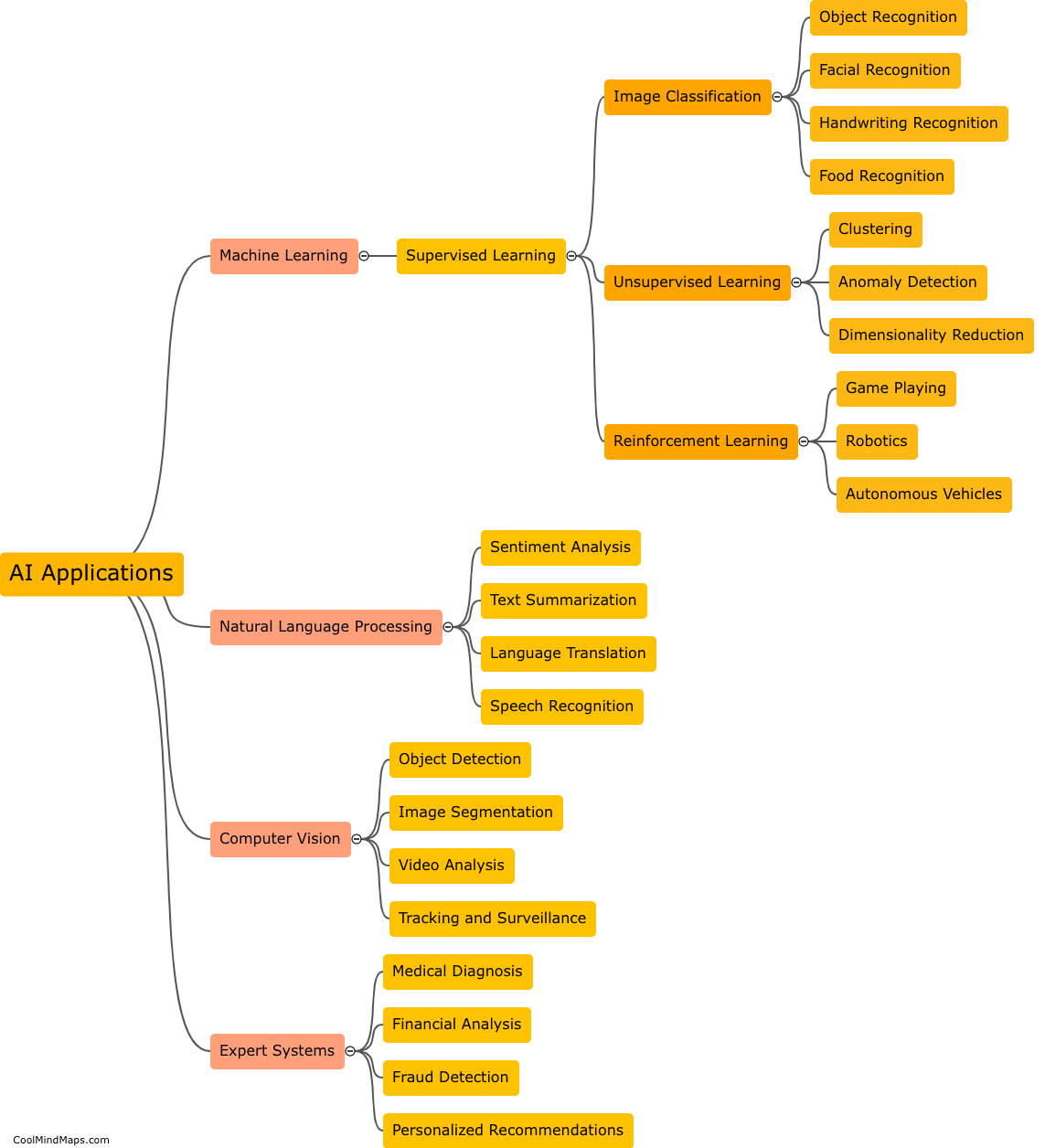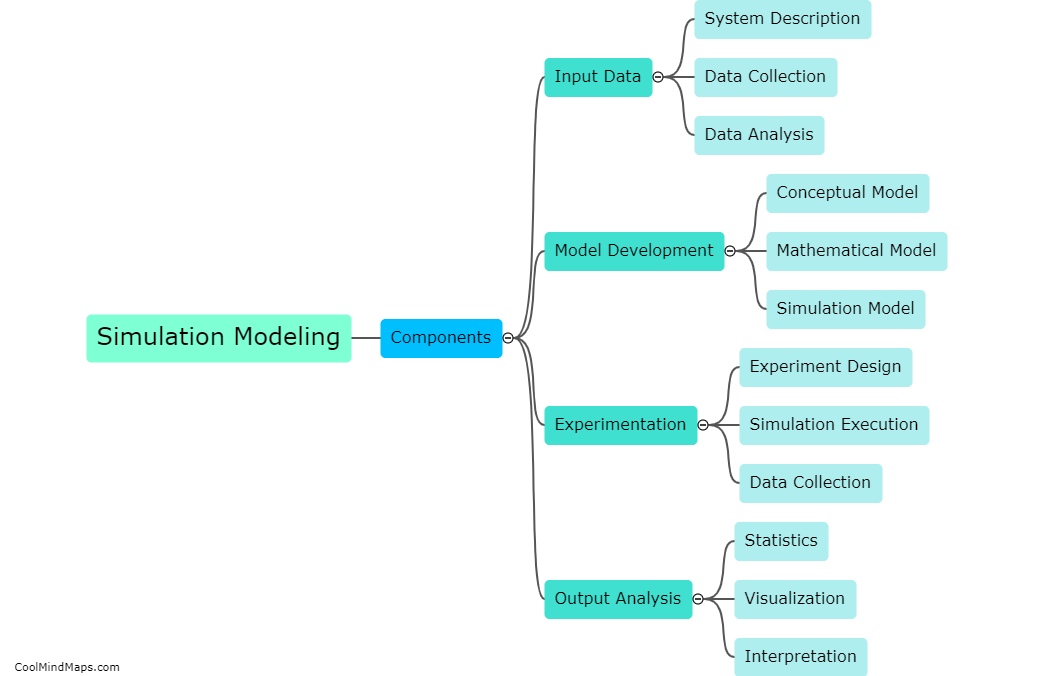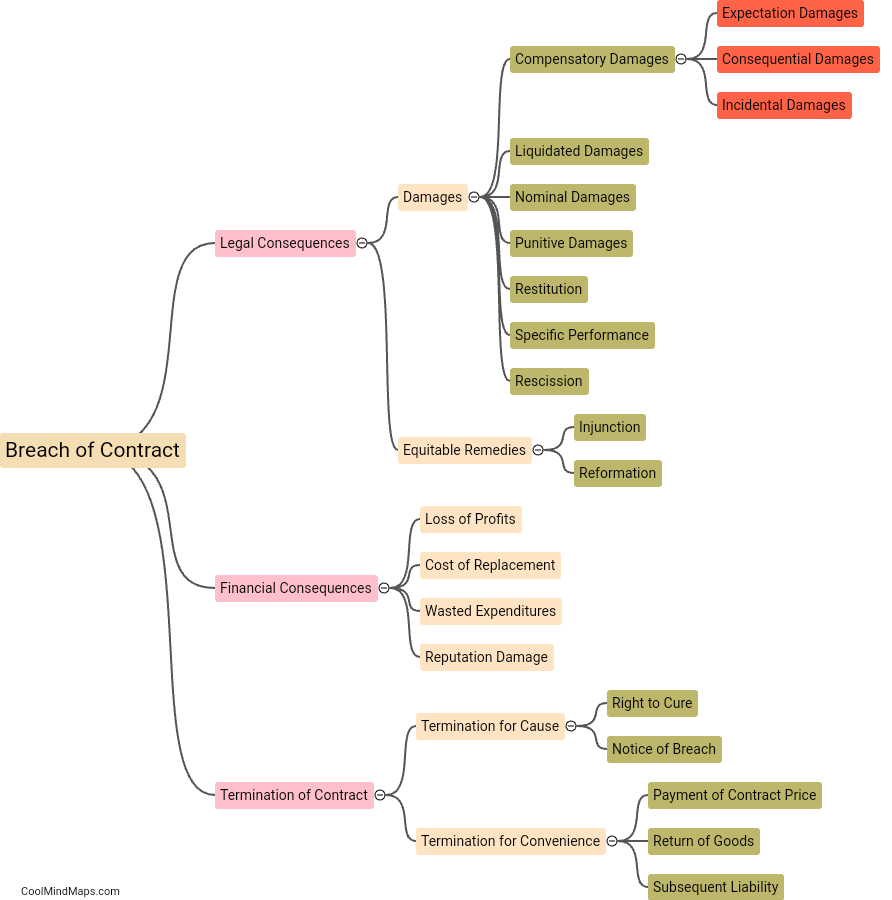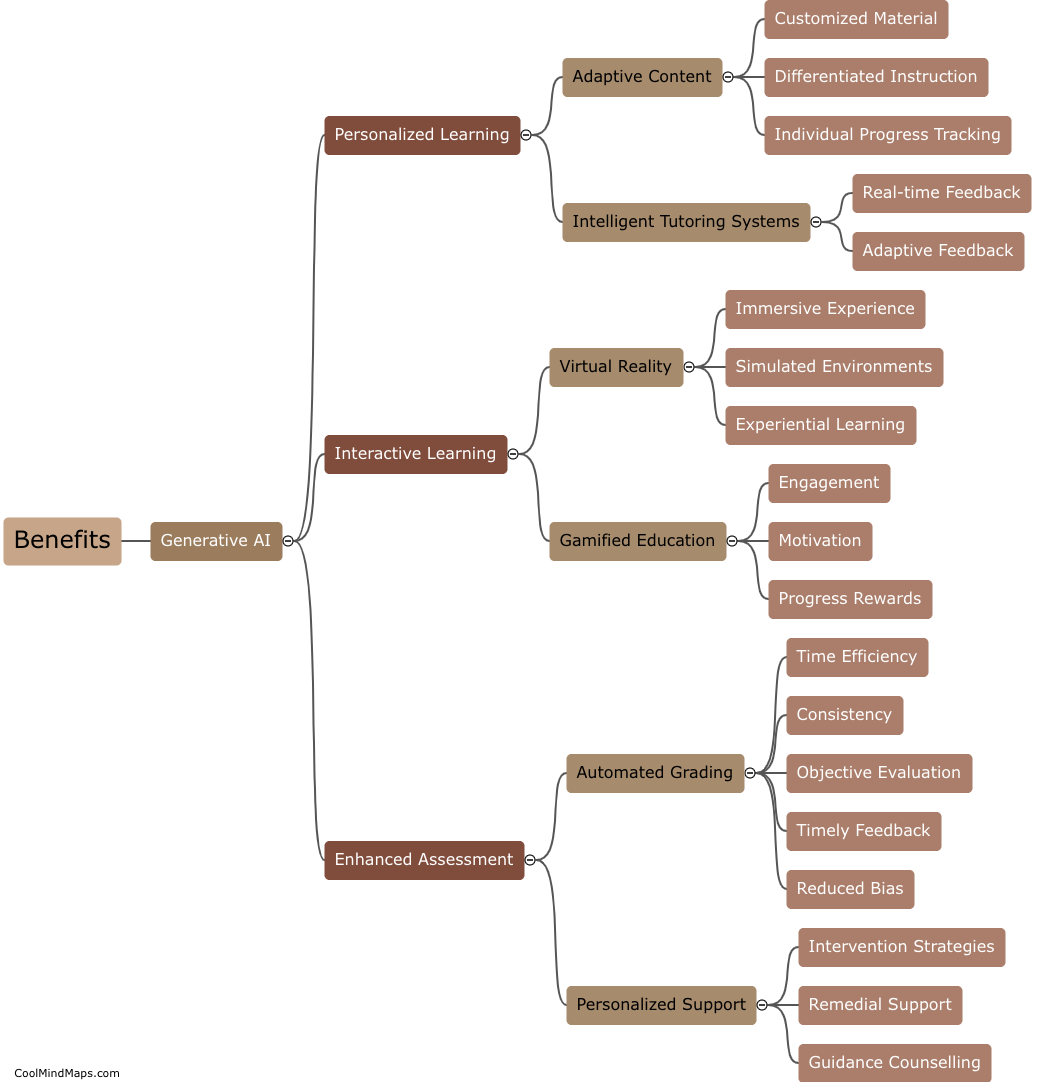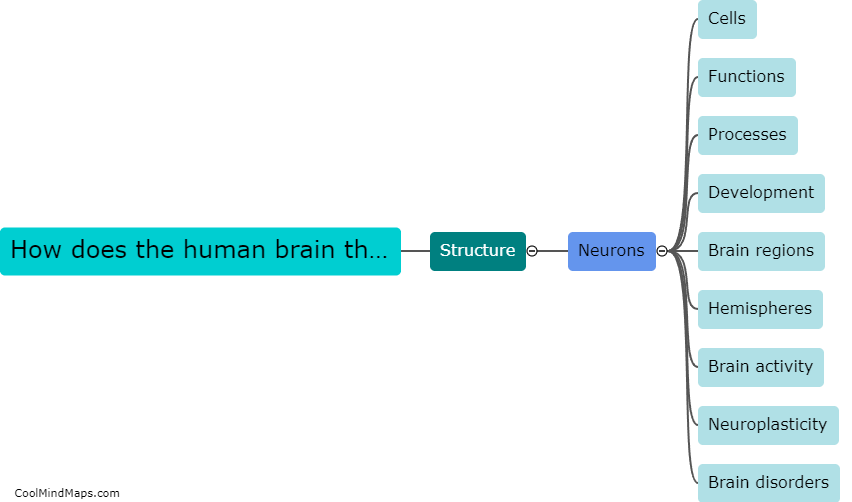How do patterns form in the human brain?
Patterns form in the human brain through a combination of factors, including neural connectivity, experience, and learning. At its core, the brain is a complex network of interconnected neurons that communicate with each other through electrical and chemical signals. As experiences and information are processed, connections between neurons strengthen or weaken based on their importance and frequency of use. This process, known as synaptic plasticity, allows the brain to form patterns and associations. Additionally, the brain possesses a remarkable ability to detect and extract patterns from the environment, enabling us to recognize objects, faces, and language. The brain's capacity for pattern formation is further enhanced through learning and repetition, which reinforce specific neural pathways and optimize cognitive processes. Consequently, patterns emerge as a fundamental aspect of human brain function and play a central role in shaping our perception, memory, and understanding of the world.
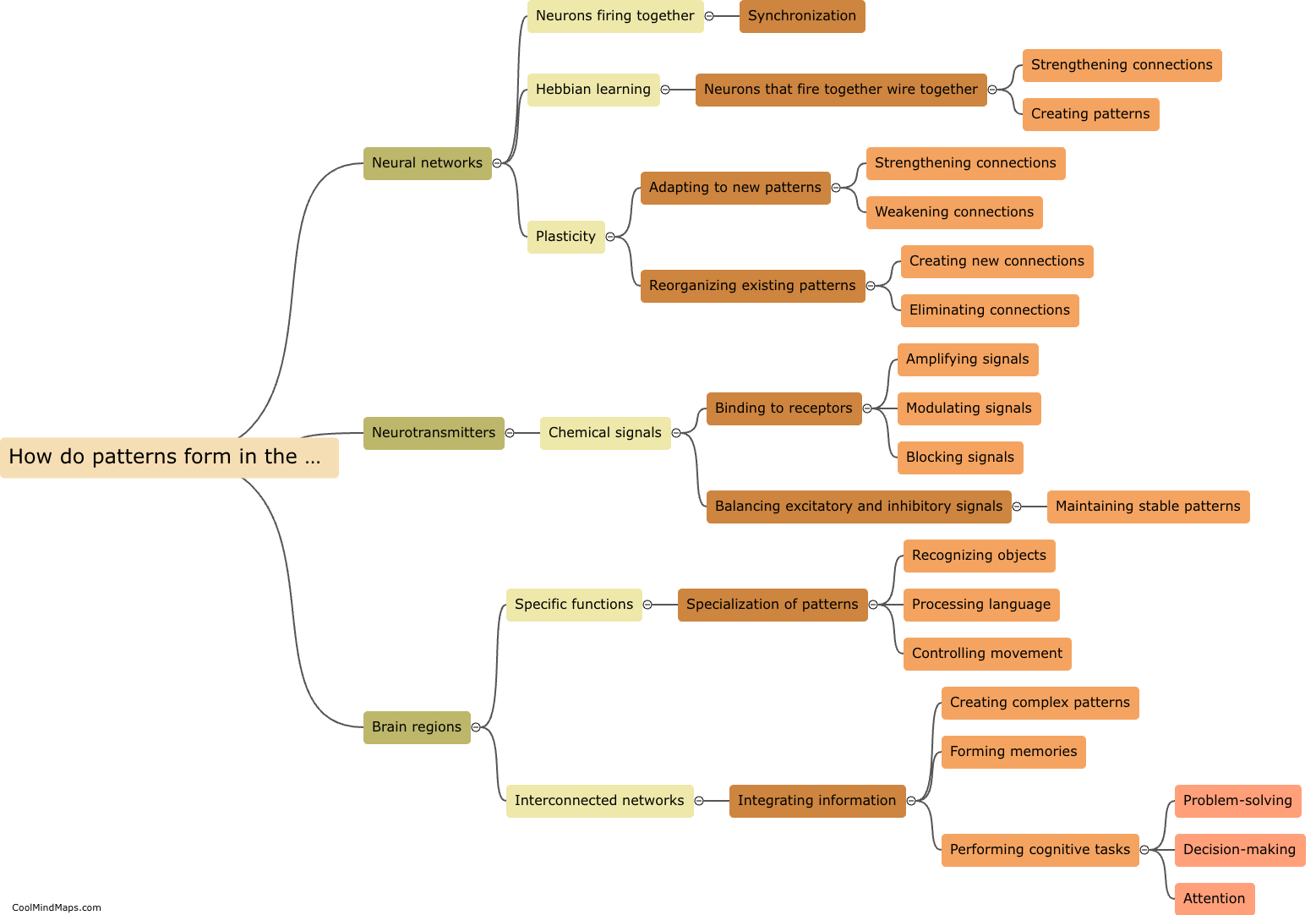
This mind map was published on 9 August 2023 and has been viewed 113 times.



